Jackfruit tree growing guide: Ever dreamt of harvesting your own sweet, exotic jackfruit right in your backyard? Imagine the satisfaction of plucking a massive, spiky fruit, knowing you nurtured it from a sapling to a bountiful tree. It’s more achievable than you think! For centuries, the jackfruit tree has been a vital food source and a symbol of abundance in South and Southeast Asia, deeply woven into the culinary traditions and cultural heritage of these regions.
But let’s be honest, growing a jackfruit tree isn’t always a walk in the park. Many gardeners struggle with getting their trees to thrive, facing challenges like slow growth, pest infestations, or even a complete lack of fruit. That’s where this DIY guide comes in! I’m going to share my tried-and-true secrets and simple hacks to help you successfully cultivate your own jackfruit tree, regardless of your experience level.
This jackfruit tree growing guide will equip you with the knowledge and practical tips you need to overcome common hurdles and enjoy a plentiful harvest. From selecting the right variety for your climate to mastering the art of pruning and fertilization, I’ll walk you through every step of the process. Get ready to transform your garden into a tropical paradise and impress your friends and family with your homegrown jackfruit!
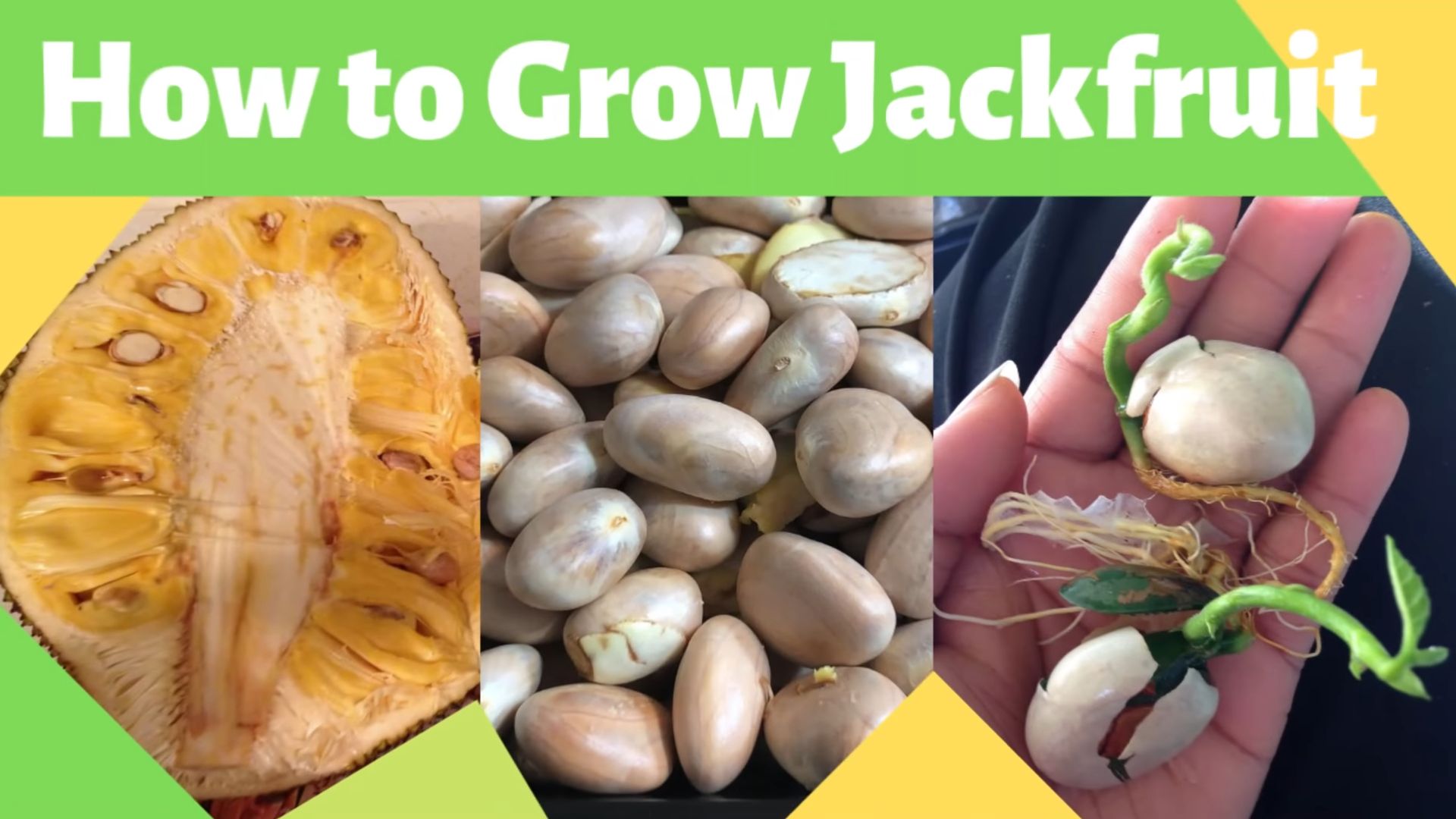
Growing Your Own Jackfruit Tree: A Comprehensive DIY Guide
Hey there, fellow gardening enthusiasts! Ever dreamt of harvesting your own massive, delicious jackfruit? It might seem daunting, but trust me, with a little patience and the right know-how, you can absolutely cultivate your own jackfruit tree. I’m going to walk you through everything you need to know, from choosing the right variety to harvesting your first fruit. Let’s get started!
Choosing the Right Jackfruit Variety
Before you even think about planting, you need to pick the perfect jackfruit variety for your climate and preferences. Not all jackfruits are created equal!
* Consider your climate: Jackfruit trees thrive in warm, humid climates. They’re happiest in USDA hardiness zones 9b through 11. If you live in a cooler area, you might need to grow your tree in a container and bring it indoors during the winter.
* Think about size: Some jackfruit varieties produce enormous fruits, while others are more manageable. If you’re short on space, opt for a smaller variety.
* Flavor preferences: Jackfruits come in different flavors and textures. Some are sweet and juicy, while others are firmer and starchier. Do some research and find a variety that appeals to your taste buds.
* Popular Varieties: Some popular varieties include ‘Golden Nugget’ (known for its sweet flavor), ‘Cheena’ (a smaller variety), and ‘Black Gold’ (prized for its rich taste).
Preparing for Planting
Okay, you’ve chosen your jackfruit variety. Now it’s time to get your planting area ready. This is a crucial step, so don’t skip it!
* Sunlight is key: Jackfruit trees need at least 6 hours of direct sunlight per day. Choose a location that gets plenty of sunshine.
* Well-draining soil is a must: Jackfruit trees hate soggy roots. Make sure your soil drains well. If your soil is heavy clay, amend it with plenty of organic matter, like compost or well-rotted manure.
* Space it out: Jackfruit trees can get quite large, so give them plenty of room to grow. A mature tree can reach 30 to 70 feet tall and wide. If you’re planting multiple trees, space them at least 20 to 30 feet apart.
* Soil pH: Jackfruit trees prefer slightly acidic to neutral soil, with a pH between 6.0 and 7.0. You can test your soil pH with a simple soil testing kit.
Planting Your Jackfruit Tree
Alright, the moment we’ve been waiting for! Let’s get that jackfruit tree in the ground (or pot!).
1. Dig a hole: Dig a hole that’s twice as wide as the root ball and just as deep.
2. Amend the soil: Mix some compost or other organic matter into the soil you removed from the hole. This will help improve drainage and provide nutrients for your tree.
3. Gently remove the tree from its container: Carefully remove the jackfruit tree from its container. If the roots are circling the pot, gently loosen them with your fingers.
4. Place the tree in the hole: Position the tree in the center of the hole, making sure the top of the root ball is level with the surrounding soil.
5. Backfill the hole: Fill the hole with the amended soil, gently tamping it down as you go.
6. Water thoroughly: Water the newly planted tree thoroughly to help settle the soil and hydrate the roots.
7. Mulch around the base: Apply a layer of mulch around the base of the tree, keeping it a few inches away from the trunk. Mulch helps retain moisture, suppress weeds, and regulate soil temperature.
Caring for Your Jackfruit Tree
Planting is just the beginning! Now you need to provide your jackfruit tree with the care it needs to thrive.
* Watering: Water your jackfruit tree regularly, especially during dry periods. Young trees need more frequent watering than established trees. Aim to keep the soil consistently moist, but not waterlogged.
* Fertilizing: Fertilize your jackfruit tree regularly with a balanced fertilizer. Follow the instructions on the fertilizer label. Young trees benefit from more frequent, lighter feedings. Mature trees can be fertilized less often.
* Pruning: Prune your jackfruit tree to maintain its shape and remove any dead or diseased branches. Pruning is best done during the dormant season (winter).
* Pest and Disease Control: Keep an eye out for pests and diseases. Common pests that affect jackfruit trees include mealybugs, scale, and fruit flies. Common diseases include root rot and fruit rot. Treat any problems promptly with appropriate pesticides or fungicides. Always follow the instructions on the product label.
* Protecting from Cold: If you live in an area with occasional frosts, protect your jackfruit tree from the cold. Wrap the trunk with burlap or blankets, and cover the canopy with a frost cloth. For container-grown trees, bring them indoors during the winter.
Dealing with Common Jackfruit Tree Issues
Even with the best care, you might encounter some challenges along the way. Here’s how to tackle some common jackfruit tree problems:
* Yellowing Leaves: Yellowing leaves can be a sign of nutrient deficiency, overwatering, or underwatering. Check your soil moisture and pH levels, and adjust your watering and fertilizing accordingly.
* Fruit Drop: Fruit drop is a common problem, especially in young trees. It can be caused by stress, nutrient deficiency, or poor pollination. Make sure your tree is getting enough water and fertilizer, and consider hand-pollinating the flowers to improve fruit set.
* Pest Infestations: As mentioned earlier, jackfruit trees can be susceptible to various pests. Regularly inspect your tree for signs of infestation, and treat any problems promptly.
* Root Rot: Root rot is a serious disease that can kill your jackfruit tree. It’s caused by overwatering and poor drainage. Make sure your soil drains well, and avoid overwatering. If you suspect root rot, you can try treating the tree with a fungicide.
Harvesting Your Jackfruit
After all your hard work, the moment of truth has arrived: harvesting your jackfruit!
1. Knowing When to Harvest: Determining when a jackfruit is ripe can be tricky. Look for these signs:
* Aroma: Ripe jackfruits have a strong, sweet aroma.
* Thumping Sound: When you thump a ripe jackfruit, it will sound hollow.
* Spines: The spines on a ripe jackfruit will be softer and more widely spaced.
* Color: The color of the jackfruit will change from green to yellowish-brown.
2. Harvesting the Fruit:
* Use a sharp knife: Use a sharp knife to cut the jackfruit from the tree.
* Wear gloves: Jackfruit sap is sticky and can be difficult to remove from your skin. Wear gloves to protect your hands.
* Be careful: Jackfruits can be very heavy, so be careful when handling them.
3. Ripening After Harvest: If you harvest a jackfruit that’s not quite ripe, you can let it ripen at room temperature for a few days.
Enjoying Your Homegrown Jackfruit
Congratulations! You’ve successfully grown and harvested your own jackfruit. Now it’s time to enjoy the fruits (literally!) of your labor.
* Preparing Jackfruit: Cutting and preparing a jackfruit can be a bit messy, but it’s worth it!
* Oil your knife: Coat your knife with oil to prevent the sap from sticking.
* Cut the jackfruit in half: Cut the jackfruit in half lengthwise.
* Remove the core: Remove the core from each half.
* Separate the bulbs: Separate the individual fruit bulbs from the rind.
* Remove the seeds: Remove the seeds from each bulb.
* Ways to Eat Jackfruit: Jackfruit is incredibly versatile and can be used in a variety of dishes.
* Fresh: Eat the ripe fruit bulbs fresh.
* Cooked: Cook the unripe fruit in savory dishes, such as curries, stews, and stir-fries.
* Desserts: Use the ripe fruit in desserts, such as ice cream, cakes, and pies.
* Jackfruit “Meat”: Young, green jackfruit has a texture similar to pulled pork and can be used as a vegan meat substitute.
Propagating Jackfruit Trees
Want more jackfruit trees? You can propagate them!
* From Seed:
1. Collect seeds: Collect seeds from a ripe jackfruit.
2. Clean the seeds: Clean the seeds
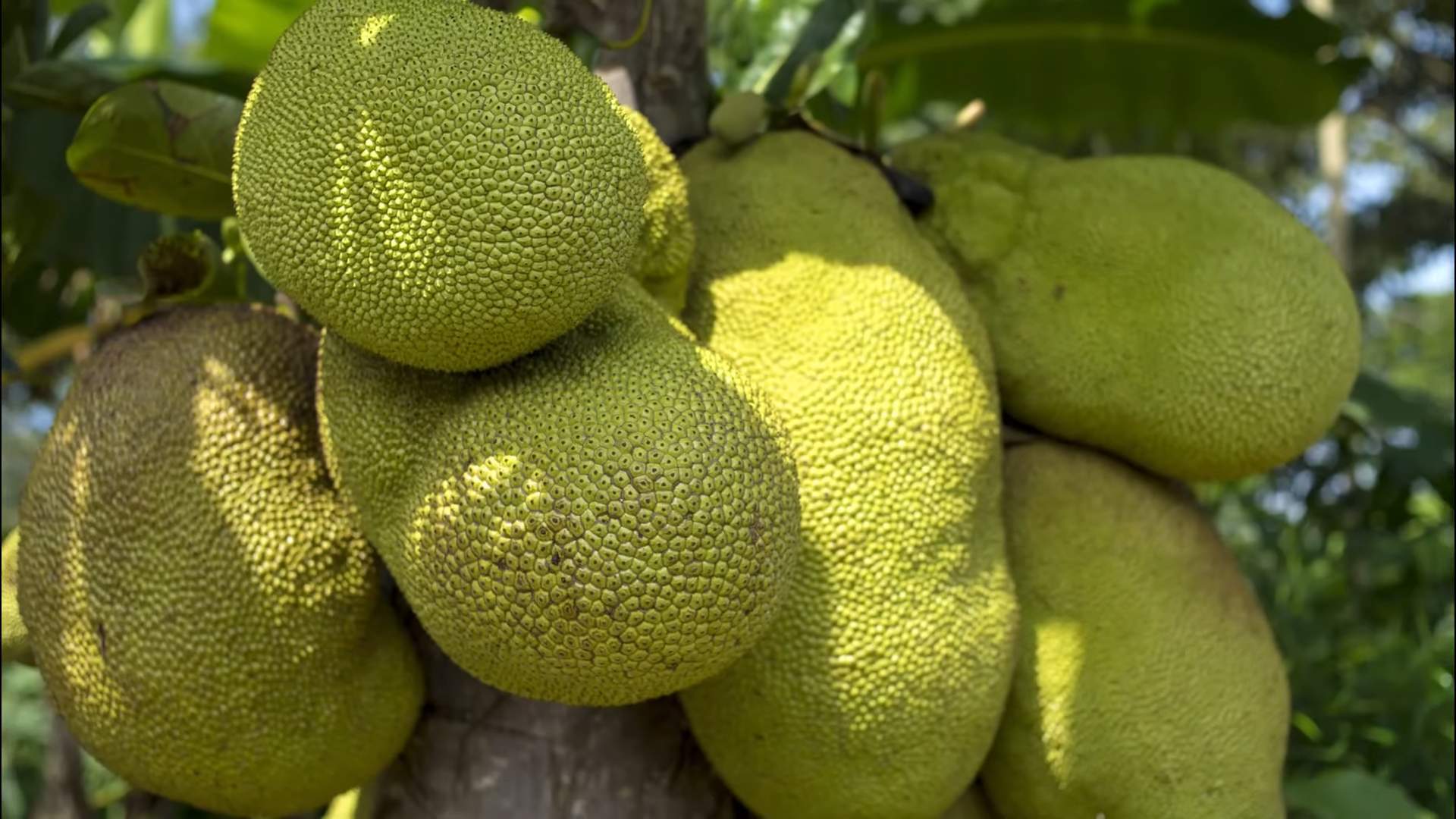
Conclusion
So, there you have it! A comprehensive guide to successfully growing your own jackfruit tree. Cultivating this tropical delight might seem daunting at first, but with the right knowledge and a little patience, you’ll be harvesting your own sweet, savory jackfruit in no time. This isn’t just about growing a tree; it’s about embarking on a rewarding journey that connects you to nature and provides you with a sustainable source of delicious and nutritious food.
Why is this DIY jackfruit tree growing guide a must-try? Because it empowers you to take control of your food source, reduce your carbon footprint, and enjoy the unparalleled flavor of homegrown jackfruit. Store-bought jackfruit simply can’t compare to the freshness and vibrancy of fruit picked straight from your own tree. Plus, the satisfaction of nurturing a plant from seedling to fruit-bearing maturity is an experience unlike any other.
Consider these variations to personalize your jackfruit growing experience:
* Grafting for Faster Fruiting: If you’re impatient to taste your own jackfruit, explore grafting techniques. Grafting a scion from a mature, fruit-bearing tree onto a hardy seedling can significantly shorten the time it takes for your tree to produce fruit. Research different grafting methods like cleft grafting or whip grafting to find one that suits your skill level.
* Container Growing for Limited Spaces: Don’t have a large yard? No problem! Jackfruit trees can be successfully grown in large containers, allowing you to enjoy this tropical fruit even in smaller spaces like patios or balconies. Choose a dwarf variety specifically bred for container growing and ensure the pot has excellent drainage.
* Experiment with Different Varieties: Jackfruit comes in various cultivars, each with its own unique flavor profile and texture. Some are sweeter, while others are more savory. Some have firmer flesh, while others are softer. Research different varieties available in your region and choose one that appeals to your taste preferences. Consider trying ‘Golden Nugget’ for its exceptionally sweet flavor or ‘Black Gold’ for its rich, savory notes.
* Companion Planting: Enhance your jackfruit tree’s health and productivity by incorporating companion plants. Plants like basil, marigolds, and lemongrass can deter pests and attract beneficial insects, creating a thriving ecosystem around your tree.
We strongly encourage you to give this DIY jackfruit tree growing guide a try. The rewards are well worth the effort. Imagine the joy of sharing your homegrown jackfruit with friends and family, knowing that you nurtured it from a tiny seed.
But don’t just take our word for it! We want to hear about your experiences. Share your jackfruit growing journey with us in the comments below. Tell us about your successes, your challenges, and any tips or tricks you’ve learned along the way. Your insights could help other aspiring jackfruit growers and contribute to a thriving community of jackfruit enthusiasts. Let’s cultivate a world where everyone can enjoy the deliciousness of homegrown jackfruit! Remember, growing a jackfruit tree is an investment in your health, your environment, and your culinary adventures. So, grab your gardening gloves, find a sunny spot, and get ready to embark on this exciting journey!
Frequently Asked Questions (FAQ)
How long does it take for a jackfruit tree to bear fruit?
The time it takes for a jackfruit tree to bear fruit varies depending on several factors, including the variety, the growing conditions, and whether the tree was grown from seed or grafted. Seed-grown trees typically take 5-7 years to produce fruit, while grafted trees can start bearing fruit in as little as 3-4 years. Providing optimal growing conditions, such as plenty of sunlight, well-drained soil, and regular fertilization, can help accelerate the fruiting process. Remember that patience is key when growing jackfruit!
What are the ideal growing conditions for a jackfruit tree?
Jackfruit trees thrive in warm, humid climates with plenty of sunlight. They prefer temperatures between 65°F and 90°F (18°C and 32°C) and require at least 6 hours of direct sunlight per day. The soil should be well-drained and slightly acidic, with a pH between 6.0 and 7.0. Jackfruit trees are also sensitive to frost, so it’s important to protect them from freezing temperatures. If you live in a colder climate, consider growing your jackfruit tree in a container so you can move it indoors during the winter months.
How often should I water my jackfruit tree?
Water your jackfruit tree regularly, especially during the first few years after planting. Keep the soil consistently moist but not waterlogged. During the dry season, you may need to water your tree more frequently. As the tree matures, it will become more drought-tolerant, but it’s still important to provide adequate water, especially during fruit development. A good rule of thumb is to water deeply whenever the top inch of soil feels dry to the touch.
What kind of fertilizer should I use for my jackfruit tree?
Jackfruit trees benefit from regular fertilization, especially during the growing season. Use a balanced fertilizer with a ratio of 10-10-10 or 14-14-14. Apply the fertilizer according to the manufacturer’s instructions, typically every 2-3 months during the growing season. You can also supplement with organic fertilizers like compost or manure. Avoid over-fertilizing, as this can damage the tree.
How do I protect my jackfruit tree from pests and diseases?
Jackfruit trees are generally resistant to pests and diseases, but they can be susceptible to certain problems, such as fruit rot, stem rot, and mealybugs. To prevent these problems, ensure good air circulation around the tree and avoid overwatering. Regularly inspect your tree for signs of pests or diseases and take action promptly if you notice any problems. You can use organic pesticides or fungicides to control pests and diseases.
Can I grow a jackfruit tree indoors?
While it’s possible to grow a jackfruit tree indoors, it can be challenging. Jackfruit trees require a lot of sunlight and space, which can be difficult to provide indoors. If you want to try growing a jackfruit tree indoors, choose a dwarf variety and provide it with plenty of light, either from a sunny window or a grow light. You’ll also need to ensure that the tree has adequate drainage and humidity. Be prepared to prune the tree regularly to keep it manageable.
How do I know when a jackfruit is ripe?
Determining when a jackfruit is ripe can be tricky, but there are a few telltale signs to look for. A ripe jackfruit will have a strong, sweet aroma. The skin will also soften slightly and the spines will become less sharp. When you tap on the fruit, it should sound hollow. You can also check the stem; if it starts to dry out and the fruit easily detaches from the tree, it’s likely ripe.
What can I do with jackfruit?
Jackfruit is a versatile fruit that can be used in a variety of dishes. Young, unripe jackfruit has a neutral flavor and a meaty texture, making it a popular substitute for meat in vegetarian and vegan dishes. It can be used in curries, stews, tacos, and even pulled “pork” sandwiches. Ripe jackfruit is sweet and can be eaten fresh or used in desserts, smoothies, and jams. The seeds are also edible and can be roasted or boiled.
Is jackfruit a sustainable food source?
Yes, jackfruit is considered a sustainable food source. Jackfruit trees are drought-tolerant and require minimal maintenance, making them well-suited to growing in tropical and subtropical regions. They also produce large quantities of fruit, making them a highly productive crop. By growing your own jackfruit tree, you can reduce your reliance on imported food and contribute to a more sustainable food system.


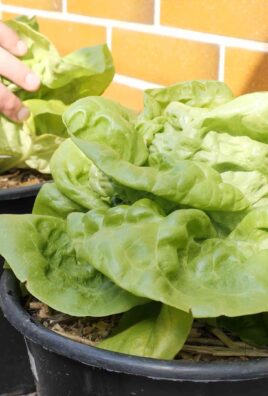
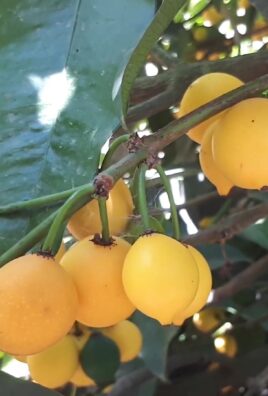
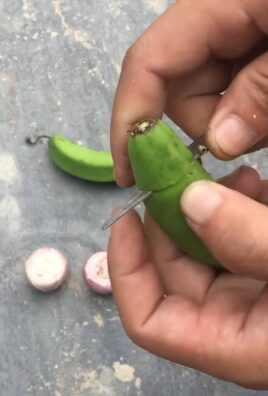
Leave a Comment